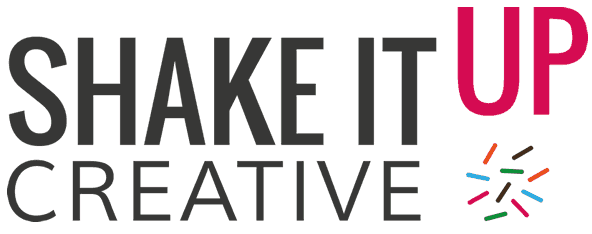 Public relations disasters can come in many different forms. They happen to almost every organisation at one point and nearly always take place when you least expect it. From issues with your website, products or customer data, PR crises can feel like the end of the world. The good news is that it doesn’t have to be, even if you don’t have a PR agency to assist you with crisis communications. Today’s post is going to talk you through what steps you can take to regain control when word gets out that something has gone wrong.
Public relations disasters can come in many different forms. They happen to almost every organisation at one point and nearly always take place when you least expect it. From issues with your website, products or customer data, PR crises can feel like the end of the world. The good news is that it doesn’t have to be, even if you don’t have a PR agency to assist you with crisis communications. Today’s post is going to talk you through what steps you can take to regain control when word gets out that something has gone wrong.
The very first thing to do is work out exactly what has happened. Before anything else, it’s vital that you and your team know the root of the issue, with the facts, because that’s going to be the key to fixing it. Work alongside your colleagues to get to the bottom of what went on. Identify how the mistakes were able to take place and put a stop to that process immediately. You can then devise a new way to perform the task that you’ve halted without the worry that your business will continue to suffer as a result of the faults. Depending on the size of your business, you might want to select a few, specific people to help you or you may decide to get the whole team involved in the understanding and preventative stage.
The next step is coming up with a strategy to combat any negative attention. This needs to happen relatively quickly to best avert damage to your brand’s reputation. Each business will require a different plan of action based on who they need their redeeming message to reach. Austin Marg at iProspect writes that for brands which are able to quickly generate new content addressing a crisis, going on the defence is often the best option. She advises “creating keywords based on unfavorable terms” as writing ad copy which references the problem directly can be an effective way of sending users to a landing page that provides a rebuttal.
For others, going on the offense is the favoured method. Circulating positive messages about your brand before or during a bad PR storm can provide a counter argument to any unfavourable publicity. If necessary, releasing an explanatory statement for your partners / clients / customers to read can be a pro-active and powerful way of taking back control. Inc.’s Crisis Management Guide reminds us that “honest is not just an ethical issue; telling the truth is a savvy business strategy”. Being realistic is extremely important. Remember, everyone makes mistakes and sometimes, holding your hands up and saying ‘this is what happened’, ‘we’re sorry’ and ‘this is what we’re doing to prevent it happening again’ can be the most respectable thing.
To rescue a PR crisis, most crisis training will advise you that people don’t care about knowing what went wrong, they just want to know what you’re going to do now and going forward, but that isn’t always true. Depending on the situation, it can be appropriate to supply your circle with a short summary of what took place to show that you understand the problems and are working on fixing them.
Another option is to release different statements to different groups of people. This is the most efficient way of ensuring that the right people know what they need to know and don’t end up reading too little or too much. For statements that are released to the wider public, “your goal is to provide just enough information that your broader audience understands while reserving the high-def version for the limited audience that actually wants that level of detail” (Inc.).
All statements in the times of a PR crisis should include reference to your business’s positive track record. A prime example of this was Sir Richard Branson’s comment on the Virgin Trains crash in Cumbria in 2007. In a TV interview he said: ‘I’ve been in the transportation business for nearly 25 years. We have transported half a million passengers and fortunately have never had to be in this situation before. One can only imagine what it was like for the passengers’. We agree with the Guardian’s response to Sir Richard’s comment that ‘this skillfully gave the context, while also expressing empathy for the passengers’.
It’s also crucial to think ahead and consider what you will put on your business’s social media accounts in case of a PR disaster. Being transparent and acting quickly is going to be your best bet. Waiting for people to ask questions is never a good idea. Respond to the issue on the platforms where the news of the problem first broke out then go on to post onto your other channels. If you’re able to appoint a Crisis Manager or work alongside a PR agency then this can take some of the strain off you and give you more opportunity to problem solve.
We were taught to always think about and comment on the people that may have been hurt or affected first; the human aspect, show your empathy or sympathy. What are your top tips for dealing with a PR emergency? Do you have a PR consultancy service that you trust to help you in times of need? If not then get in touch with us at Shake It Up Creative. We can provide crisis communications support.
